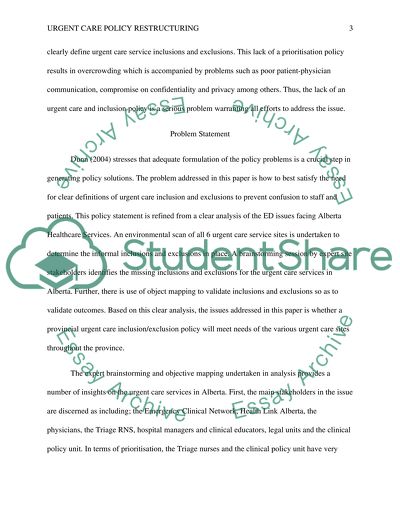Cite this document
(“Urgent Care Policy Structuring: Urgent Care Inclusion and Exclusion Essay”, n.d.)
Urgent Care Policy Structuring: Urgent Care Inclusion and Exclusion Essay. Retrieved from https://studentshare.org/health-sciences-medicine/1445036-policy-structuring-for-urgent-care-inclusion-and
Urgent Care Policy Structuring: Urgent Care Inclusion and Exclusion Essay. Retrieved from https://studentshare.org/health-sciences-medicine/1445036-policy-structuring-for-urgent-care-inclusion-and
(Urgent Care Policy Structuring: Urgent Care Inclusion and Exclusion Essay)
Urgent Care Policy Structuring: Urgent Care Inclusion and Exclusion Essay. https://studentshare.org/health-sciences-medicine/1445036-policy-structuring-for-urgent-care-inclusion-and.
Urgent Care Policy Structuring: Urgent Care Inclusion and Exclusion Essay. https://studentshare.org/health-sciences-medicine/1445036-policy-structuring-for-urgent-care-inclusion-and.
“Urgent Care Policy Structuring: Urgent Care Inclusion and Exclusion Essay”, n.d. https://studentshare.org/health-sciences-medicine/1445036-policy-structuring-for-urgent-care-inclusion-and.


